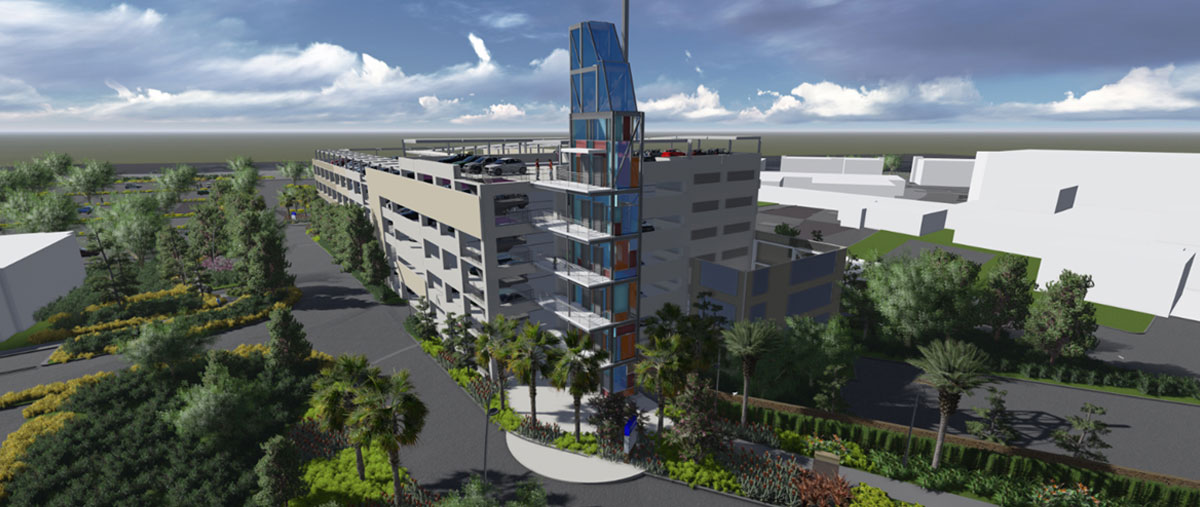Do you need a Variance or a Conditional Use Permit?
Often my clients don’t know exactly what they need to move forward with their projects. Understanding all the nuances of zoning ordinances and where to turn to get the correct permissions takes the experience of working on many different types of projects. As an example, I have clients that ask whether they need a Variance or a Conditional Use Permit (CUP), understandably many people get these confused; however, there are some distinct differences between a variance and a conditional use permit.
Variances do not focus on what you plan on using your property for, but rather they focus on the specifications required under the zoning laws. For example, a variance is appropriate when you are trying to build closer to the road than the setback requirements allow under the development standards in the zoning ordinance. You may also need a variance if you need to construct your building higher than allowed under the development standards in the zoning ordinance. Typically, variances are granted when there would be a substantial hardship to the landowner (compared to other landowners in the same situation) if they are required to comply with the strict requirements set out in the zoning ordinance.
On the other hand a Conditional Use Permit (CUP) allows you to use the property for a particular purpose. For example, a CUP is often needed if you are trying to build a commercial building or get permission for a commercial use (in an existing building) within a residential area. Zoning ordinances normally define the permissible conditional uses that are allowed in each district. Another example of when a CUP is often used is to obtain permission to build religious facilities (or allow a religious use in an existing facility) because their occupancy is normally high during certain days (and times) throughout the week. To get approval for a CUP you have to show that you meet the requirements set out in the zoning ordinance for a CUP in that zoning district for that particular use.
Both a Variance and a Conditional Use Permit are discretionary permits, which means that someone (i.e., a Hearing Officer) or some entity (i.e, the Planning Commission, the City Council, or the County Board of Supervisors) have to make the decision on whether or not to approve the Variance or CUP.
Click here to read reviews on Terry Strom
“Terry Strom has led entitlement efforts on several prior and ongoing projects for Universal Health Services in Southern California. For a $428M hospital project, he managed the entire effort that included approvals from two different cities, multiple utilities, county, state, federal agencies, cell tower vendors, and manipulation of dedicated easements. Terry’s skillsets include detailed and organized management of communications with agency representatives, and he is able to hold them accountable to all agreements. Where agency requirements conflicted or representatives were in disagreement, he facilitated solutions that lead to successful outcomes and the projects moving forward as intended. Terry’s decades of experience in dealing with project entitlements, as well as his leadership, professionalism, and teambuilding expertise, all results in great outcomes. Terry is and will continue to be my go-to professional for my project entitlement need
– MIKE ENGEL, AIA DBIA, ASSISTANT DIRECTOR – DESIGN & CONSTRUCTION (SOCAL), UNIVERSAL HEALTH SERVICES, INC”

